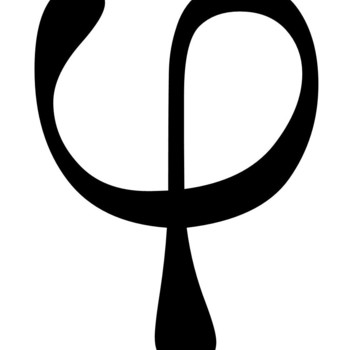How do you use the chain rule to differentiate #sqrt(ln4x)#?
1 Answer
Jan 25, 2018
Explanation:
Apply the chain rule:
So the chain rule states that
Here,
According to the power rule
So
Now that we've solved
But we can't. We cannot differentiate
Use the chain rule again: Here,
We know that
So now we have
But
So now we have

